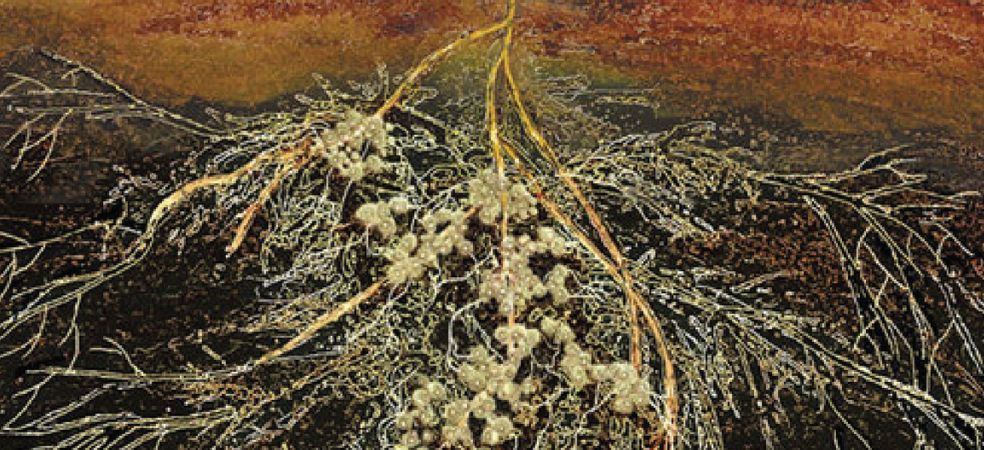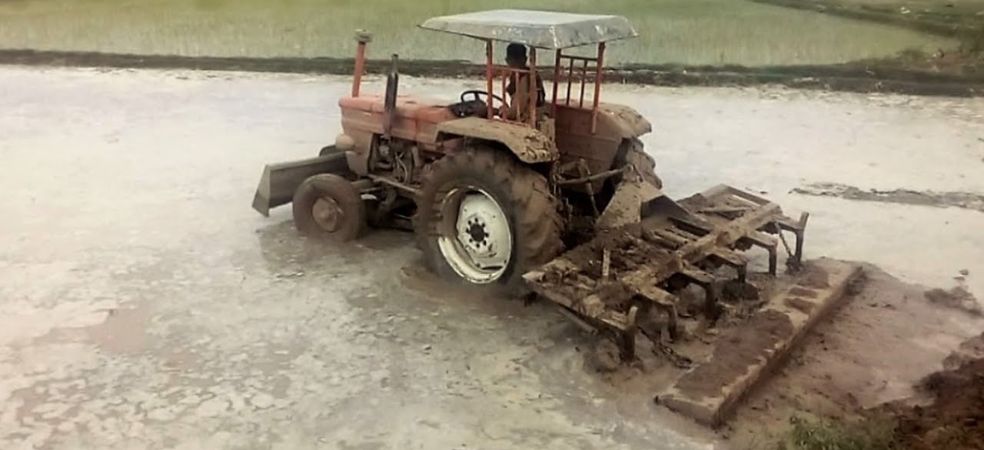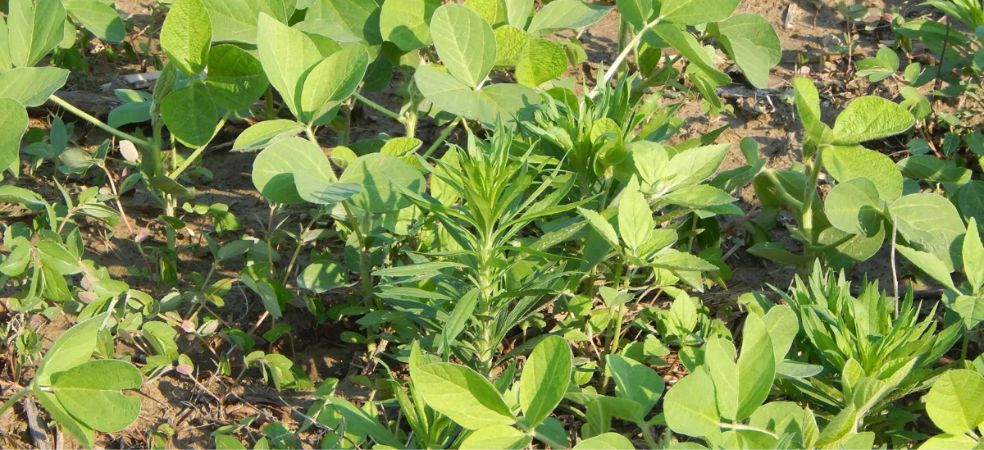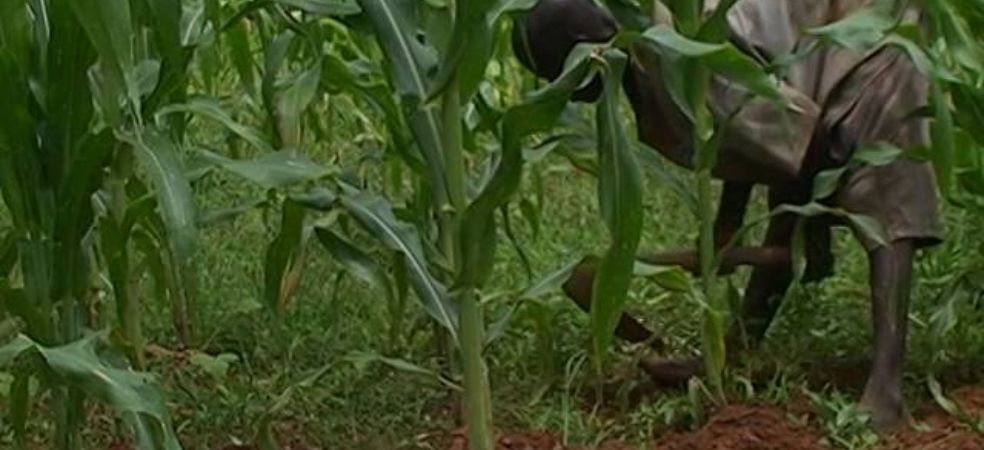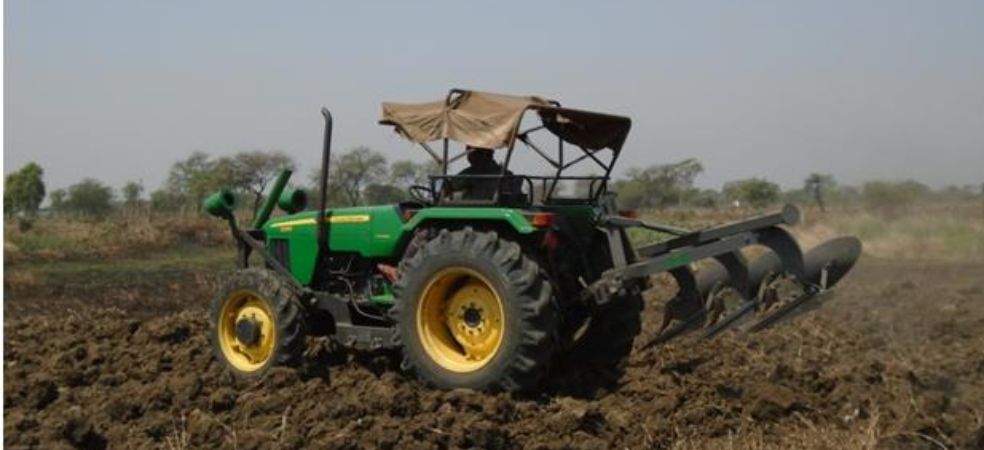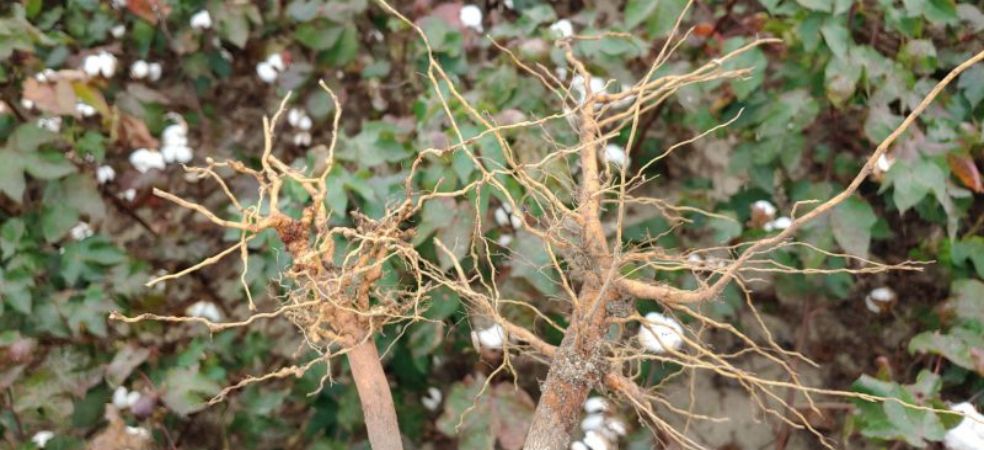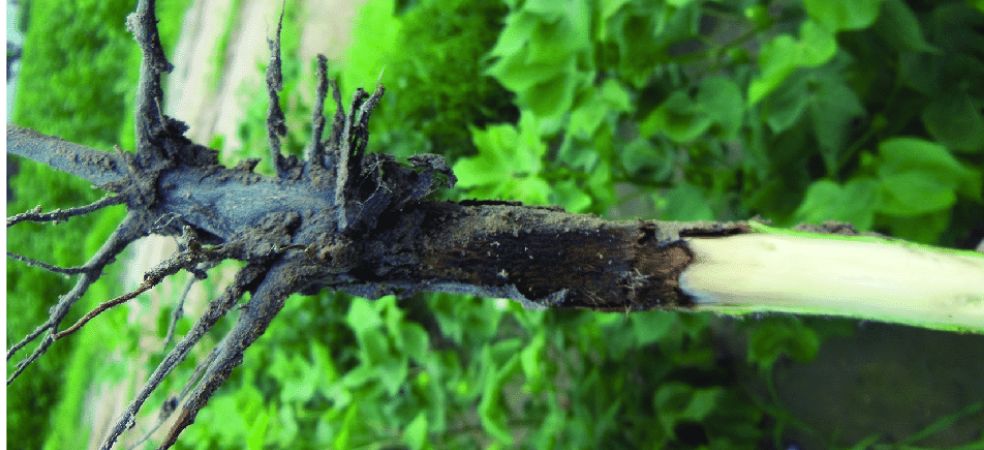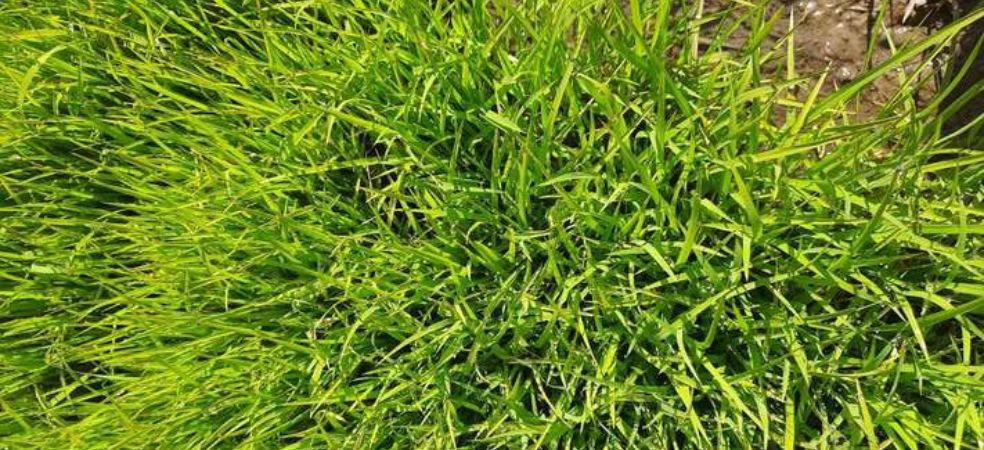-
Mycorrhiza is an organic fertilizer that maintains a connection between fungi and plant roots. In this type of relationship, the fungus becomes dependent on the root of the plants and becomes an important component of soil life.
-
The use of mycorrhiza leads to better growth of roots.
-
Mycorrhiza helps in the availability of phosphorus and other micronutrients from the soil for the plants.
-
Mycorrhiza increases phosphorus availability in soil by 60–80%.
-
Mycorrhiza increases the tolerance of the plant to drought by increasing the rate of water absorption by plants. Due to this, it helps to keep the plants green.
-
Hence, it plays an important role in increasing crop yield.
ShareFor such important information related to the agriculture sector and farmers, do read Gramophone articles daily. If you liked today’s information then don’t forget to share.

